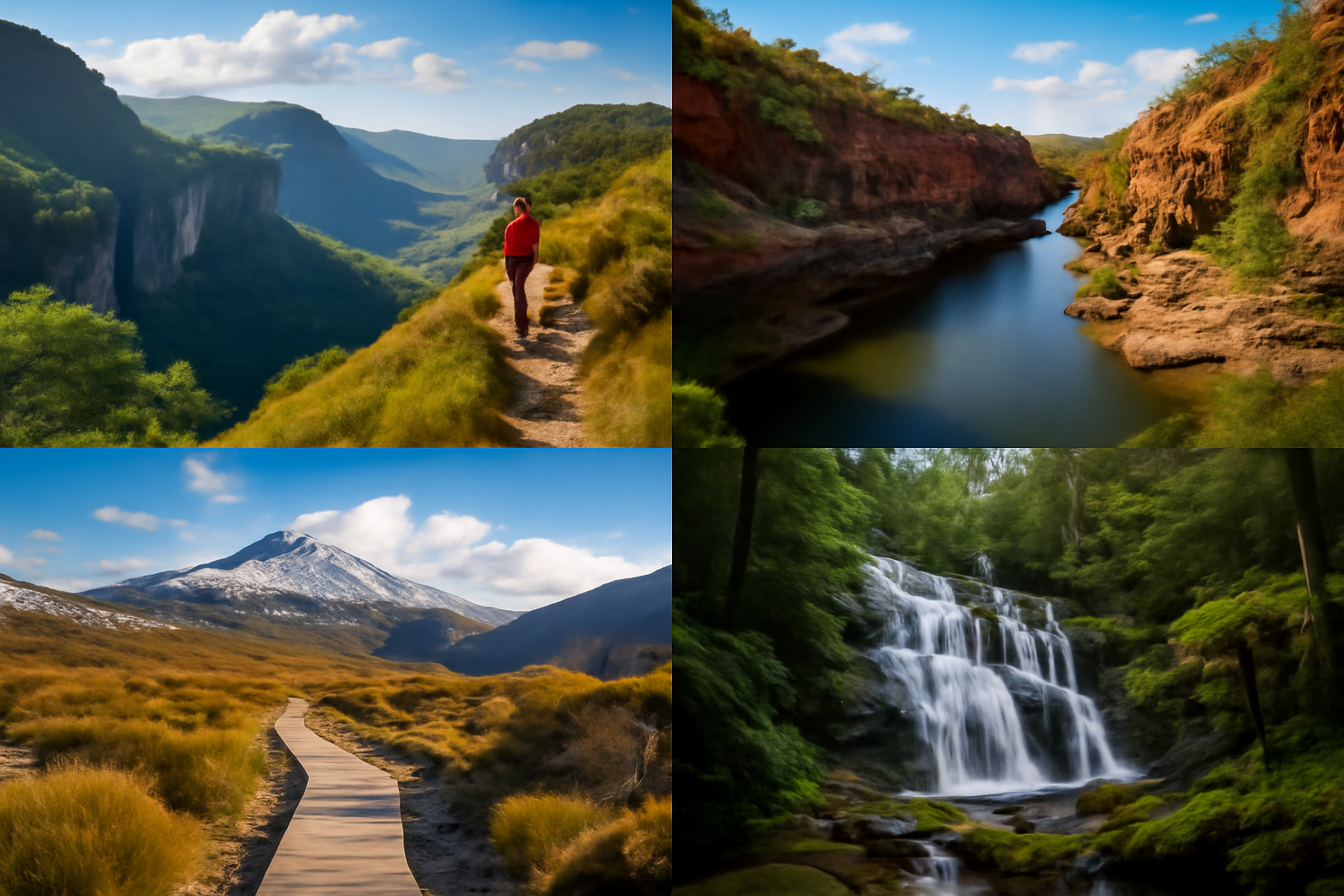Australia’s diverse landscapes include two of the most intriguing and distinctive environments on Earth: the lush tropical rainforests of the northeast and the rugged, arid desert outback. These ecosystems offer experiences unlike any other, showcasing the country’s vast ecological variety.
The Lush Beauty of the Rainforests
Australia’s tropical rainforests, particularly in Queensland, are among the most ancient and biologically diverse in the world. The Wet Tropics of Queensland is a UNESCO World Heritage site, encompassing rich, verdant jungles like the Daintree Rainforest, which stretches along the coast. This region offers visitors an extraordinary glimpse into a world that has remained largely unchanged for millions of years. Walking along trails like the Dubuji Boardwalk, visitors can marvel at towering trees, cascading waterfalls, and vibrant plant life. The rainforest is alive with the sounds of birds, frogs, and insects, many of which are endemic to the area.
The Daintree is particularly famous for its biodiversity. The area hosts rare species such as the tree kangaroo and the elusive cassowary, a large flightless bird that is often considered a living dinosaur. Tour guides offer fascinating insights into the complex interrelationships between plant and animal species, which thrive in this tropical climate.
A Unique Ecosystem
Beyond its flora and fauna, the rainforest is also a window into the cultural history of Australia’s Indigenous peoples. Aboriginal communities have lived in the region for thousands of years, and their knowledge of the land and its resources has been passed down through generations. Visitors can learn about the deep connection the Aboriginal people have with the rainforest, gaining an understanding of traditional hunting, gathering, and spiritual practices.
The Great Barrier Reef
Not far from the rainforest, the Great Barrier Reef offers another unforgettable experience. The reef is an underwater paradise, offering world-class opportunities for snorkeling and diving. Coral reefs, sea turtles, and diverse fish species are just the beginning—if you’re lucky, you may even encounter a whale or a manta ray.
The Desert Outback: A Vast Wilderness
Moving away from the tropical landscapes of Queensland, Australia’s outback offers a dramatic contrast. The Outback is an iconic Australian region that stretches across much of the continent. From the red desert sands of Uluru to the vast, barren salt lakes, the outback is a land of isolation and extreme conditions.
Uluru, perhaps the most famous landmark in Australia, is a massive rock formation that towers over the surrounding desert landscape. The Anangu people, the traditional owners of the land, hold Uluru in sacred regard. The area is a cultural hub where visitors can learn about the ancient traditions and stories tied to the rock. Sunset and sunrise are magical times to witness the changing colors of Uluru, as the light transforms its surface into a glowing red or orange hue.
Life in the Harsh Desert
While the desert may seem barren, it is far from lifeless. The Simpson Desert and the surrounding regions are home to a variety of wildlife adapted to the harsh environment, including dingoes, reptiles, and camels. A guided 4WD tour offers a chance to explore the remote areas of the outback, providing insight into the desert’s ecosystem and its resilient inhabitants.
The outback also offers the chance to experience the solitude of the desert in a way that few other places on Earth can. Travelers who venture out into the wide-open spaces of the Australian wilderness are rewarded with an overwhelming sense of peace and quiet, accompanied by stunning views of endless dunes and rugged terrain.
Contrasting Worlds
Whether wandering through the lush rainforest or traversing the endless desert, both environments offer experiences that highlight the beauty and complexity of Australia’s natural world. The tropical rainforests of Queensland provide a window into a vibrant, thriving ecosystem, while the outback offers solitude and the chance to connect with the country’s raw, untamed wilderness.



